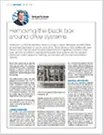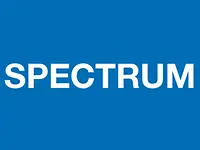Electric drive systems play an important role in pulp and paper mills: starting up and shutting down motors, controlling the dynamics in response to applied loads, matching the power to suit the motors’ requirements, and protecting the motors from damage.
The traditional drive system has been designed as an electrical “black box” – a device deemed untouchable by mill personnel. Commission it, tune it, and leave it alone until there is a problem. Then, call in outside experts to hook up their diagnostic equipment, speak to each other in a strange technical jargon, and solve the problem. After that, the black box is sealed and the motors start up again.
This is the equivalent of having a separate dashboard in your car just for the engine, and another dashboard for everything else.











